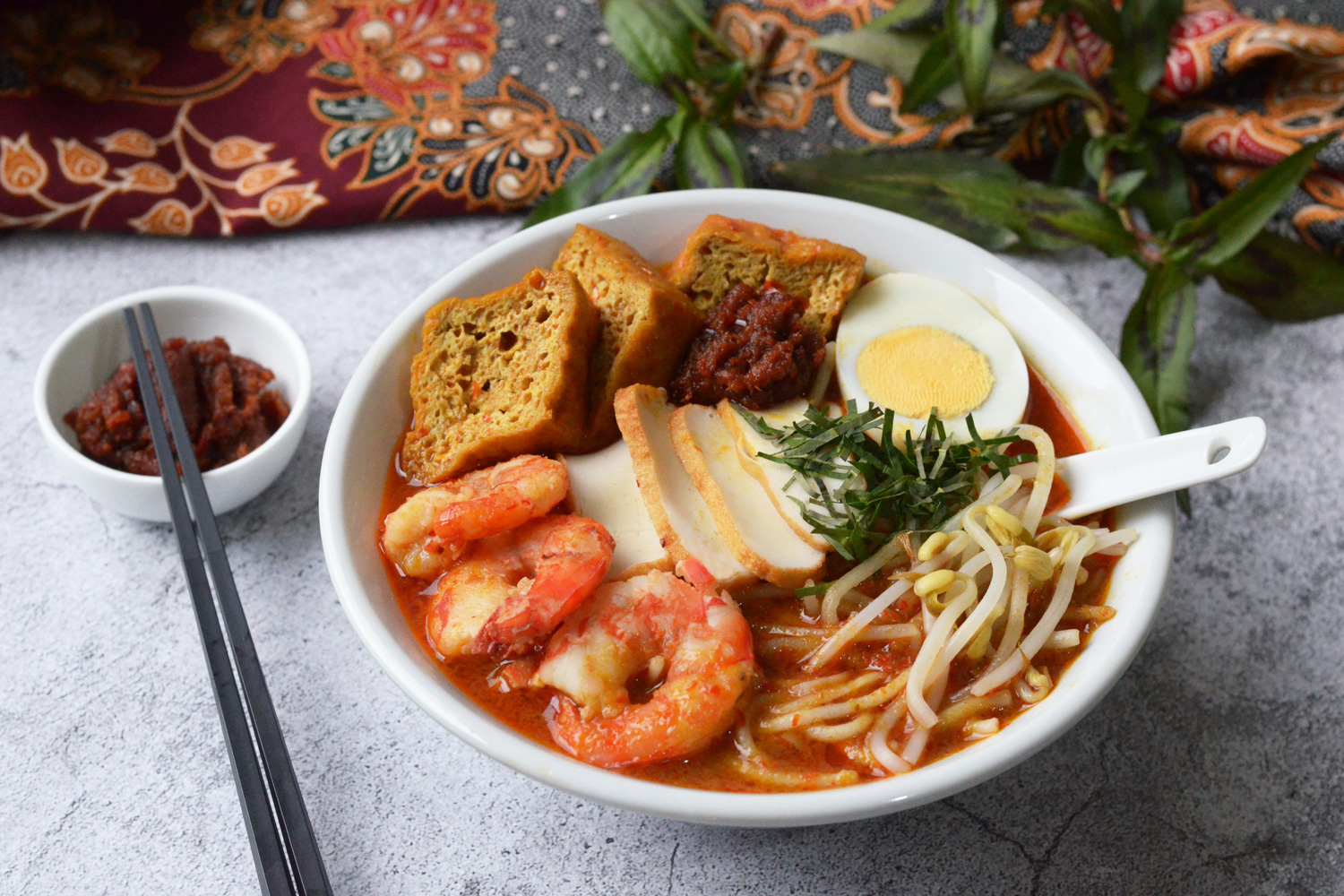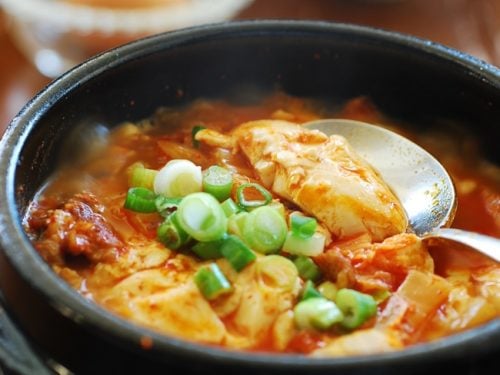pokomde.info – Singapore Laksa is a beloved dish that perfectly encapsulates the country’s diverse cultural influences and culinary richness. A fiery, fragrant, and flavorful soup, it has evolved over centuries, merging elements from both Chinese and Malay traditions. With its unique combination of spices, fresh ingredients, and diverse textures, it’s a quintessential representation of Singapore’s food culture.
Origins of Singapore Laksa
The origins of Laksa are as diverse as its flavor profile. Its roots trace back to the Chinese-Malay communities known as the Peranakans, who were descendants of early Chinese immigrants who married local Malays. These hybrid cultures gave birth to a distinct cuisine, of which Laksa became a defining feature. The dish itself is a testament to Singapore’s multicultural heritage, blending Chinese noodles with Malay spices and coconut milk.
There are various regional takes on Laksa, but the two primary versions in Singapore are Katong Laksa and Chilli Laksa. Both offer slightly different flavor profiles, yet share the common core of spicy, savory, and aromatic goodness.
The Key Ingredients
The key ingredients in Singapore Laksa can vary slightly, depending on the version and personal preferences, but the hallmark elements remain consistent.
-
Noodles: The most common base is rice noodles, although thicker varieties like vermicelli or even thicker egg noodles are used in some variations. Katong Laksa, for instance, is known for using shorter, cut noodles, which are served in a more manageable size to be eaten with a spoon rather than chopsticks.
-
Broth: The broth is what truly sets Laksa apart. For Katong Laksa, the broth is typically a rich coconut-based soup that carries a deep, creamy texture with a bold, spicy flavor. The base is flavored with a mix of shrimp paste, lemongrass, ginger, turmeric, garlic, and a variety of chilies. On the other hand, Chilli Laksa leans more towards a clear, chili-infused broth, often spiced up with tamarind for a tangy kick.
-
Seafood and Protein: Singapore Laksa often includes prawns, fish cakes, and sometimes even chicken or tofu, depending on preference. The protein components are important for adding richness and texture to the dish.
-
Garnishes: A scattering of fresh herbs, such as coriander or Vietnamese mint (also known as laksa leaf), adds a fresh contrast to the richness of the soup. Boiled eggs, bean sprouts, and fried shallots are also commonly added to enhance the flavor and texture profile.
Katong Laksa: A Local Favorite
Katong Laksa is one of the most famous variations, and it hails from the Katong district of Singapore. The noodles in this version are cut into shorter pieces, making them perfect for scooping with a spoon rather than using chopsticks. The broth, rich with the taste of coconut milk and chili, is less spicy than other variations but still offers a bold and comforting flavor.
What makes Katong Laksa truly special is its combination of ingredients, including the unique use of dried shrimp paste, which provides a depth of umami flavor. Another feature is the addition of a hard-boiled egg, lending a creamy texture that balances the heat from the spices.
The Spice Factor: A Delicate Balance
While Singapore Laksa is undoubtedly spicy, the heat level is often more manageable compared to other Southeast Asian dishes. The balance between the creaminess of the coconut milk and the heat of the chili creates a harmonious flavor profile that doesn’t overwhelm the palate but keeps it engaged with each bite.
What really stands out, though, is the complexity of the dish. The shrimp paste gives it an earthiness, the lemongrass provides a citrusy, herbal undertone, and the addition of tamarind (especially in Chilli Laksa) adds a tang that sharpens the richness of the broth.
A Dish of Cultural Significance
Laksa is more than just a meal in Singapore; it’s a reflection of the country’s identity and the blend of cultures that shape it. The dish is a staple in hawker centers, food courts, and local eateries across the city-state, providing both locals and tourists a taste of Singapore’s vibrant culinary heritage.
As Singapore continues to embrace both modern and traditional influences, Laksa remains an iconic dish that transcends generations. Whether you’re enjoying it as a quick snack at a hawker stall or savoring a more refined version at a restaurant, Singapore Laksa offers a window into the heart of the city’s diverse food culture.
Conclusion
In the world of Singaporean cuisine, Laksa stands as a true icon—an exquisite representation of the nation’s culinary artistry. With its blend of rich, aromatic spices, creamy coconut broth, and the harmonious interplay of textures, this dish invites those who experience it to indulge in the complexities of Southeast Asian flavors. Whether you’re a first-timer or a seasoned aficionado, Singapore Laksa is an experience that leaves a lasting impression.








